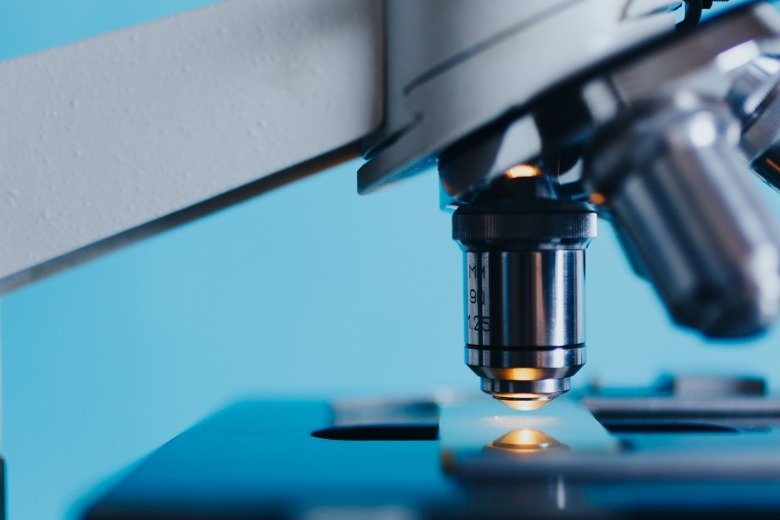Inflammation Physiology
Traditionally, neutrophils, the most abundant white blood cells in humans, have been acknowledged to be the first immune cells that are recruited to sites of infection. However, work during the last years has revealed the necessity of neutrophils also in sterile inflammation.
Our group has contributed to this understanding by revealing the importance of neutrophils and their secretory products in atherosclerosis and its complications such as myocardial infarction and intimal hyperplasia. Based on our work we are developing interference strategies aimed at alleviating sterile inflammation.
Projects
Neutrophil discharge in acute inflammation
Acute inflammation leads to neutrophilia, the expansion of neutrophil blood cell counts. In many clinical conditions the degree of neutrophil expansion is associated with the clinical outcome. Thus, we here aim at understanding mechanisms of neutrophil release from the bone marrow to ultimately fine tune this response during inflammation. This study is supported by the Swedish Research Council.
Neutrophil interactome
Neutrophils talk to cells in their vicinity by release of reactive oxygen species, granule proteins, microparticles, or NETs. By these means, neutrophils can educate macrophages and lymphocyte subsets and thus shape the immune response. It is our aim to understand the relevance of these interactions in physiological settings to identify important neutrophil-centered regulatory mechanisms. Cooperation with proteomics biomedicum.
Support our research
 Photo: Image by Konstantin Kolosov from Pixabay
Photo: Image by Konstantin Kolosov from Pixabay
Make a donation to our research
Your support means a lot to the success of research. This allows us to go further in our efforts to improve human health through research and education.
For example, you can make a donation via Swish.
Research support
Swedish Research Council
Collaborations
- Ulf Hedin, KS, Stockholm, Sweden
- Andres Hidalgo, CNIC, Madrid, Spain
- Lars Maegdefessel, KS, Stockholm, Sweden
- Alexander Zarbock, Münster University, Germany
Group members
Ellinor Kenne – Lecturer
Oliver Söhnlein – Visiting professor, Research group leader
Nataliya Östberg – Postdoc
Selected publications & Articles
Double-Strand DNA Sensing Aim2 Inflammasome Regulates Atherosclerotic Plaque Vulnerability.
Paulin N, Viola JR, Maas SL, de Jong R, Fernandes-Alnemri T, Weber C, et al
Circulation 2018 Jul;138(3):321-323
Chrono-pharmacological Targeting of the CCL2-CCR2 Axis Ameliorates Atherosclerosis.
Winter C, Silvestre-Roig C, Ortega-Gomez A, Lemnitzer P, Poelman H, Schumski A, et al
Cell Metab. 2018 Jul;28(1):175-182.e5
Neutrophils as protagonists and targets in chronic inflammation.
Soehnlein O, Steffens S, Hidalgo A, Weber C
Nat. Rev. Immunol. 2017 Apr;17(4):248-261
Cathepsin G Controls Arterial But Not Venular Myeloid Cell Recruitment.
Ortega-Gomez A, Salvermoser M, Rossaint J, Pick R, Brauner J, Lemnitzer P, et al
Circulation 2016 10;134(16):1176-1188
Resolving Lipid Mediators Maresin 1 and Resolvin D2 Prevent Atheroprogression in Mice.
Viola JR, Lemnitzer P, Jansen Y, Csaba G, Winter C, Neideck C, et al
Circ. Res. 2016 Oct;119(9):1030-1038
Recruitment of classical monocytes can be inhibited by disturbing heteromers of neutrophil HNP1 and platelet CCL5.
Alard JE, Ortega-Gomez A, Wichapong K, Bongiovanni D, Horckmans M, Megens RT, et al
Sci Transl Med 2015 Dec;7(317):317ra196
Annexin A1 counteracts chemokine-induced arterial myeloid cell recruitment.
Drechsler M, de Jong R, Rossaint J, Viola JR, Leoni G, Wang JM, et al
Circ. Res. 2015 Feb;116(5):827-35
Neutrophil-derived cathelicidin protects from neointimal hyperplasia.
Soehnlein O, Wantha S, Simsekyilmaz S, Döring Y, Megens RT, Mause SF, et al
Sci Transl Med 2011 Oct;3(103):103ra98
Hyperlipidemia-triggered neutrophilia promotes early atherosclerosis.
Drechsler M, Megens RT, van Zandvoort M, Weber C, Soehnlein O
Circulation 2010 Nov;122(18):1837-45
Phagocyte partnership during the onset and resolution of inflammation.
Soehnlein O, Lindbom L
Nat. Rev. Immunol. 2010 Jun;10(6):427-39
